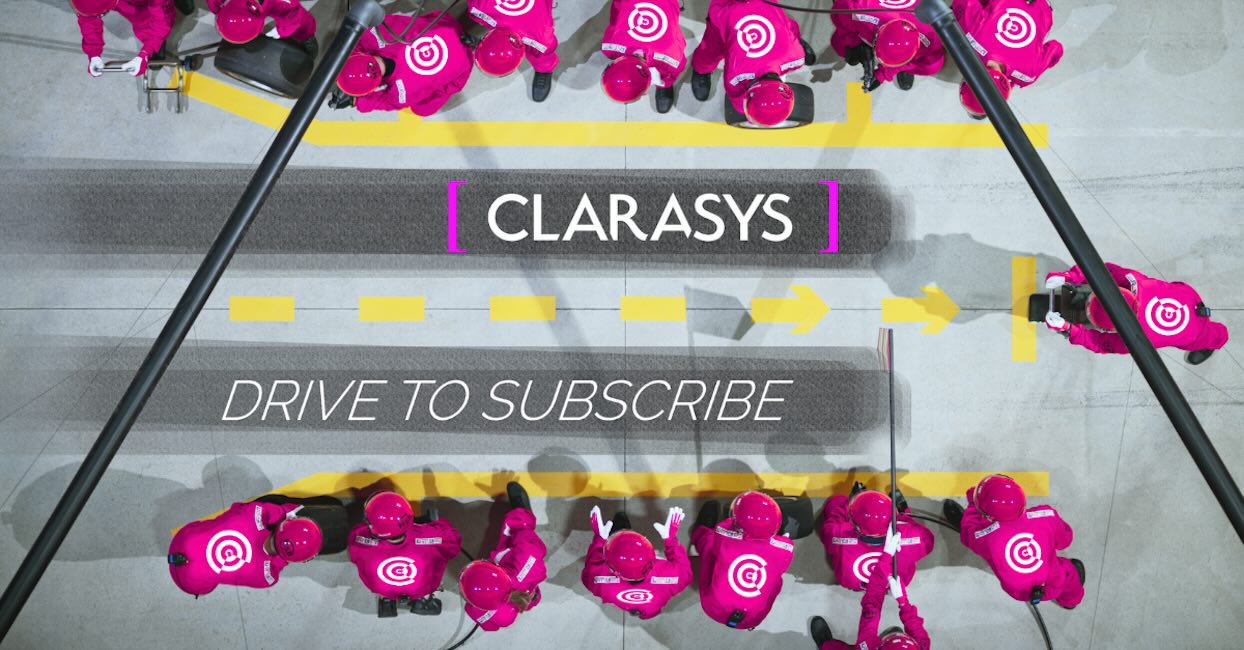We explore the current landscape for shared services, the challenges of a shared service model and key technological elements for a successful future.
The challenge for Government Shared Services
The challenge for Government Shared Services
We explore the current landscape for shared services, the challenges of a shared service model and key technological elements for a successful future.

The current landscape for shared services
Joint ventures that combine expertise and gaining scale efficiencies are a common business model within Government.
Whilst many of these models, based around a standard operating platform, exist within the wider public sector, their success has been, at best, chequered. There are many instances where a shared service on a common enterprise resource planning (ERP) technology platform has put costs ahead of the needs of users. Historically, these shared services have been built on well-established ERP systems offering attractive financial savings.
The Cabinet Office points at multi-million-pound savings, created by the standardised processes and technology. However, the reality of such standardised processes and technology has seen many organisations walk away within a few years, due to a bland one-size-fits-all approach. Such proves that this standardised method does not address specific user needs, such as improving efficiency or cutting costs, and instead creates frustrations in day-to-day operations.
Today, Shared Services Officers (SSO) face three challenges:
- Pressure to deliver economies of scale while demand increases for digital services such as Artificial Intelligence (AI)
- An emphasis on cost has led to an investment shortfall resulting in uncompetitive and unsuitable services
- Uncompetitive SSO services are bypassed by agencies and government departments in favour of self-service solutions offered by commercial organisations
The challenges of a shared service model
Shared services have often been set up as a long-term solution to meet minimum requirements for functionality and processes. Often the most cost-efficient solution comes with long-term functionality issues for users. These problems include bureaucracy, delay, stress, uncertainty, non-intuitive processes, and duplicated activity. And these all outweigh the initial saving. Additionally, support functions that underpin the service can be swamped by users who fail to self-serve, or who are not prepared to read arduous self-help notes.
As such, shared services often overlook specific user needs and the specifics within each department. Instead, they prioritise an all-encompassing solution that only delivers on a thin blanket of requirements, meaning excellent employee experience is compromised.
The obvious anomaly within these large government shared services is that government digital service (GDS) principles have not been applied during construction. Bureaucratic, complex processes are clearly not designed around the user needs; they are non-intuitive and largely unhelpful. Unfortunately, this reinforces stereotypes around inefficient and backward technology in Government. This undermines the significant progress made in developing digital citizen-facing services using industry-leading GDS principles.
Despite significant pressure from financial controllers and directors of finance, departments are looking to abandon the shared service in favour of individualised solutions that put the needs of users at the heart of the answer.
Enablers for a successor to a shared service
One-size-fits-all ERP technology stacks do not lend themselves to the way that users currently consume technology. Users do not look for a single solution to all of their problems. Instead, they opt for a range of bespoke technologies that work together seamlessly. Advancing technology is raising the bar for user needs, so when solutions don’t integrate, a new one is created to ensure compatibility. Employees should not have to compromise on an outdated shared service that cripples their ways of working. Instead, they should demand technology that fits their needs and ways of working hand-in-glove.
Considerations around interoperability through open APIs need to have an equal place at the table along with cost efficiencies and intuitive service design when procuring ERP solutions. This will enable best-of-breed solutions for things like expenses training / rostering, purchasing etc using Microservice applications.
Microservice applications are primarily fungible. They communicate using APIs while maintaining independent operation and, crucially, do not need to work towards a common goal. The collaborative, yet discrete, nature is what makes this solution so appealing to replace the cumbersome model of a shared service.
Microservice architecture works like building blocks, allowing a distinct technology stack to be selected for a solution that meets the bespoke needs of your service. Whether it is selecting web-based payment functionality, AI-powered search engines, or a live reviews and ratings system, distinct providers can work together to provide a bespoke business solution.
The shared services of the future:
The technology that underpins shared services will need to possess a number of key elements to be successful in the modern, digital, business world:
- Self-serve by default so that users can complete at least 90% of transactions
- An electronic and always-accessible solution that delivers a consistent experience across all digital platforms
- Real-time data to track key performance indicators (KPIs) and metrics pertinent to user needs
- Easy and intuitive UI to create a minimal click, seamless experience
- Intuitive and helpful troubleshooting such as AI-driven chatbots, and technology that doesn’t require you to digest and sift through a manual
- A single point of immediate contact to fix problems if users can’t help themselves
- Establish trust and reliability so that technology and services deliver on promises and only inform users of exceptions
If the shared service model is to survive the digital age, it needs to fundamentally change its offering to potential adopters. Cost will always be a consideration, as should interoperability, contractual flexibility, and an ability to adapt to changing user needs. Ultimately, though, the priority has to be the delivery of an efficient service to end-users.

